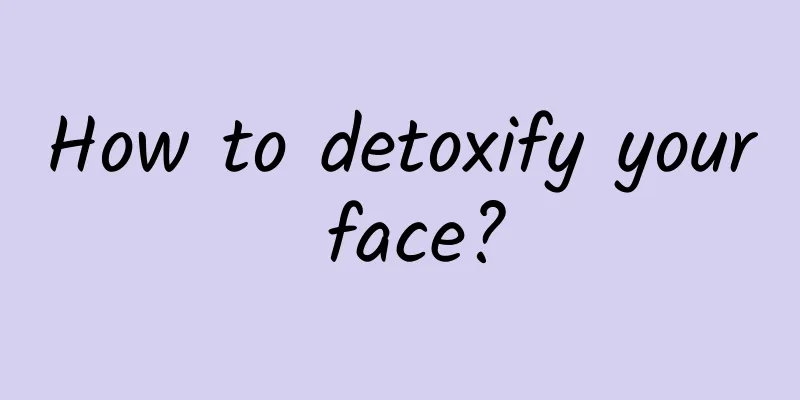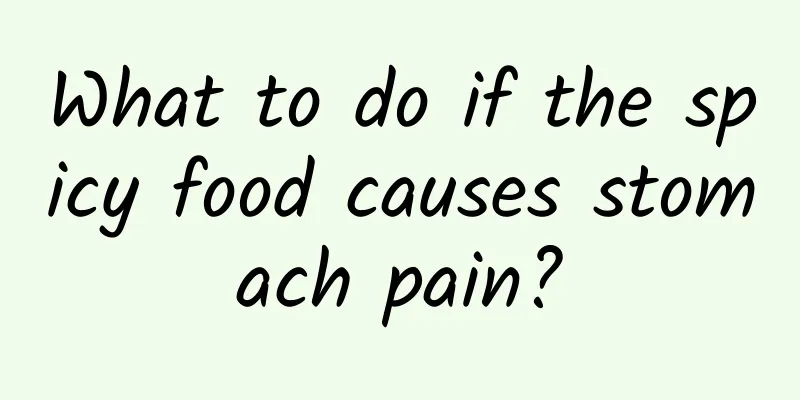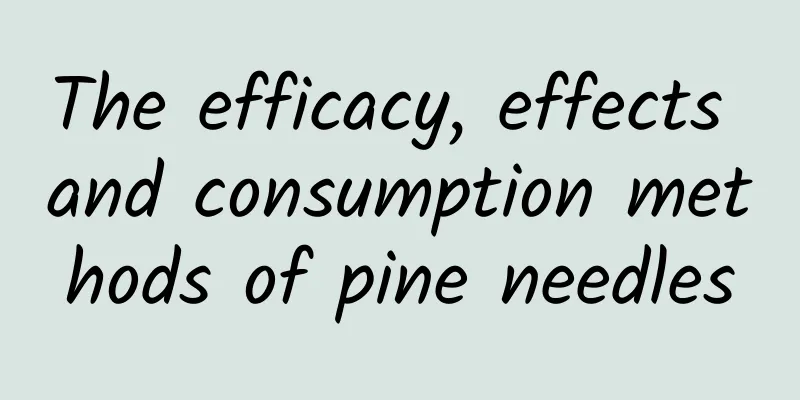How to treat chronic renal failure stage 5?

|
Chronic renal failure stage 5 indicates a relatively serious condition. Therefore, in order to better treat and solve these diseases and reduce patients' suffering, we must also pay attention to scientific treatment, remove reversible factors, protect kidney function, and focus on nutrition in the diet. A low-protein diet can better delay the deterioration of kidney function. (1) Eliminate reversible factors: For some patients, renal function can be improved to a certain extent or stop deteriorating after appropriate treatment of the primary disease. Actively preventing and treating the aforementioned factors that induce deterioration of renal function is an important measure to protect renal function. (2) Diet and nutrition: A low-protein diet can delay the deterioration of renal function and alleviate the symptoms of uremia. Traditionally, it is advocated that patients with advanced renal failure should consume 20-25g/d of protein (0.3-0.6g/kg body weight per day), mainly animal protein with high biological value, such as eggs, dairy products, fish, meat, etc. Plant protein such as grains should be limited. The actual amount of protein given should be determined based on renal function, nutritional status, whether there is protein loss (such as proteinuria and dialysis loss, etc.) and protein consumption (such as infection, etc.); the amount of protein given to children should be increased appropriately, and the nitrogen balance should be calculated if necessary. Essential amino acids or the corresponding alpha-keto acids of the essential amino acids may be administered. At the same time, ensure sufficient calories (146.3 J/kg body weight per day) and vitamins, avoid high-potassium foods (such as red dates, fresh mushrooms, mustard tubers, cabbage, citrus, lemons, bananas, etc.) and high-phosphorus (500-900 mg/d) diets, and supplement trace elements as appropriate. People with hypertension and edema should limit their sodium intake. (4) Diuresis: For patients in the early stages, the use of potassium-excreting diuretics can promote the body's excretion of water, sodium, and potassium, and help maintain water and electrolyte balance, correct hypertension and heart failure, and can reduce blood nitrogen levels to a certain extent, but it is ineffective for patients in the late stages. Thiazide diuretics should not be used in renal failure, so loop diuretics such as furosemide and bumetanide are often used. Triamterene and spironolactone (spironolactone) cause K+ retention. (5) Blood pressure reduction: Controlling high blood pressure is an important measure to protect kidney function. Water and sodium intake should be restricted for volume-dependent hypertension. For mild to moderate patients, diuretics can be added, and antihypertensive drugs can be added if necessary. The latter are often selected if they do not reduce renal blood flow and do not increase renin activity. The dose can be gradually increased or the medication can be added, but a rapid drop in blood pressure should be avoided to reduce renal perfusion. Commonly used drugs include nifedipine (nifedipine), prazosin, hydralazine (hydralazine), clonidine, methyldopa, minoxidil (minoxidil), etc.; for renin-dependent hypertension, propranolol (propranolol) and captopril (captopril) are often used. The latter can cause hyperkalemia and should be treated with caution. For patients with hypertensive crisis, sodium nitroprusside, phentolamine (benzylaminophenazone), etc. can be given intravenously. For patients with severe sodium and water retention, blood purification therapies such as simple ultrafiltration or sequential dialysis can be performed. For a very small number of patients with severe renin-dependent hypertension who do not improve or even continue to deteriorate after active treatment, both kidneys can be removed, followed by hemodialysis to maintain life, and then a kidney transplant can be performed. |
<<: Why do my palms and soles itch? Be careful about these reasons
>>: How is splenic angiosarcoma treated?
Recommend
How to treat cerebral palsy in children? Combining internal and external treatments is more effective
Cerebral palsy is a disease that is extremely har...
What is the reason for high blood sugar
High platelet count means high platelets, the mos...
How to treat asthma in traditional Chinese medicine
Asthma patients suffer a lot and have to take med...
What is the relationship between pulse and heartbeat?
Heart rate is a statistic of the number of heart ...
What should I do if my neck is itchy due to allergies?
The most typical symptom of allergy is itching. F...
How long can a cordyceps be soaked in water?
Cordyceps is both a health product and a traditio...
How to treat muscular atrophy?
From the clinical effect point of view, diet ther...
Immune system disorders
We all know that the immune system is a beneficia...
How many cups of brown sugar water should I drink a day?
As we all know, when people feel unwell, many of ...
Can Dendrobium candidum be eaten raw?
The medicinal value of Dendrobium candidum is ver...
Low hemoglobin concentration
The human body needs a lot of nutrients, such as ...
What should I do if my arm is swollen after blood draw?
The human body undergoes corresponding physical e...
What are the most effective ways to reduce phlegm in pregnant women?
There are many complications during pregnancy. It...
What should not be eaten by people with Henoch-Schönlein purpura? These foods are taboo
Allergic purpura is a common skin disease with a ...
Prominent veins on inner thigh
The thighs are the part of the human body with th...









